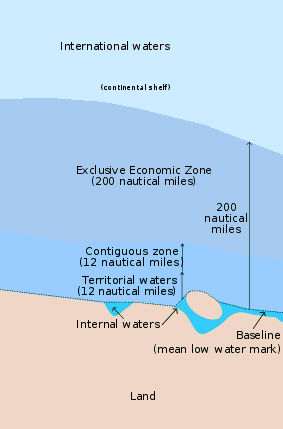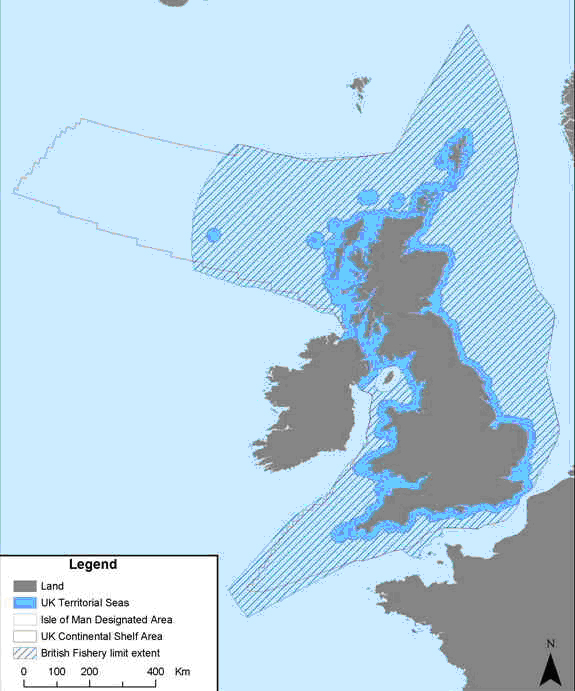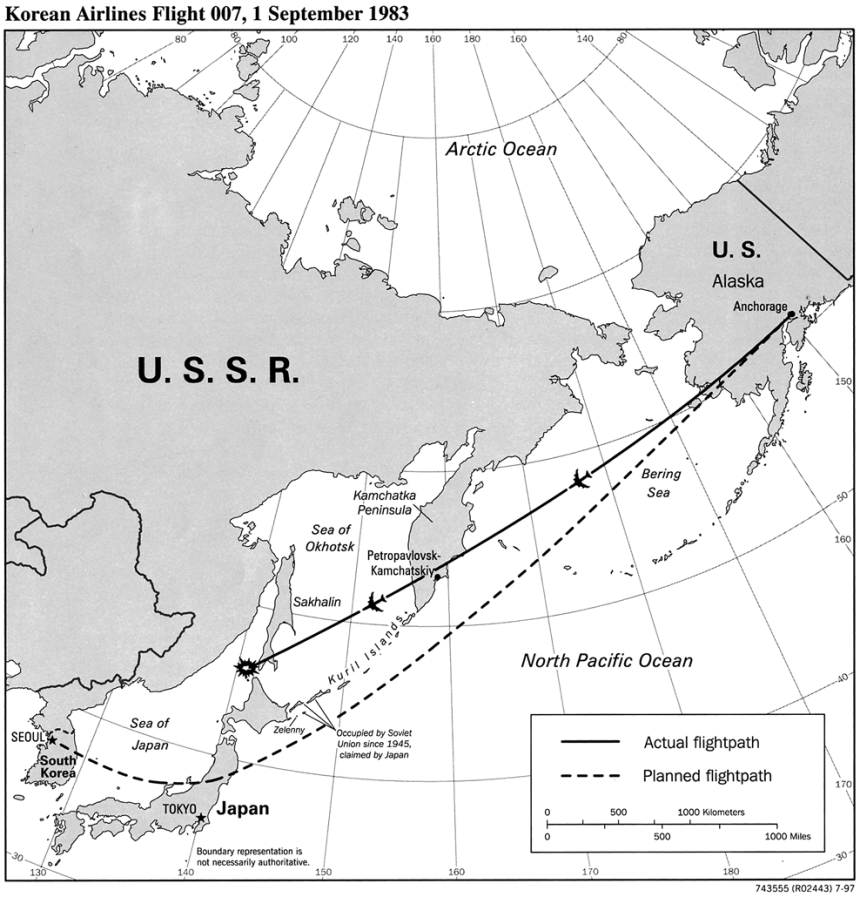This is the first of a series of articles, written with Simone Bovi, about military and civilian airspace violations.
Simone is was born in Novara (Italy) in 1978 and he graduated in law at the “Università degli Studi di Milano”, introducing a thesis regarding the use of force against aerial intruders and international law. He’s an aviation enthusiast, who makes research on the Italian Air Force during WWII and Cold War incidents and he currently works for an Italian airline, in the security and ground operations field.
As you will discover by reading the various episodes, even if the first recorded violation dates back to the “dawn of flight”, this kind of event is among the “most current” in the modern scenarios when airspace violations (actual or presumed) periodically cause close encounters between fighters, bombers, reconnaissance aircraft and civil planes belonging to friendly and unfriendly nations with subsequent increased tension between countries and various types of diplomatic reactions.
Just to have an idea of how frequent these events are, you can browse through the pages of this website where you will find the description of many interceptions performed by the Italian Air Force fighters in the Cold War era and nowadays (have a look at the articles published at this page: https://theaviationist.com/tag/scramble/).
The various episodes that will follow this Prologue will provide a more detailed view of some of the most famous airspace violations recorded all around the world.
All the episodes of the Airspace Violations series will be also available at the following link: Airspace Violations.
Prologue
The first article of the Chicago Convention on International Civil Aviation (Signed in Chicago, on 7 December 1944) states that:
“The contracting States recognize that every State has complete and exclusive sovereignty over the airspace above its territory”.
Similarly, the United Nations Convention on the Law of the Sea declares that:
“The sovereignty of a coastal State extends, beyond its land territory and internal waters and, in the case of an archipelagic State, its archipelagic waters, to an adjacent belt of sea, described as the territorial sea. This sovereignty extends to the air space over the territorial sea as well as to its bed and subsoil”.
Every State has the right to establish the breadth of its territorial sea up to a limit not exceeding 12 nautical miles, measured from baselines


Like many human principles, even the theory of the sovereignty of the State on its air space takes many decades to be created and to become refined.
Several aerial incidents and diplomatic clashes among States have occurred and, even nowadays, we are witnesses of some Powers showing up their muscles: Russian Bears violating UK air space, Norway and Iceland, US reconnaissance planes performing surveillance and spy activities near the Chinese border, Turkish-Greek struggles above the Aegean Sea, only to mention a few examples.
But how this theory of sovereignty over the air space was born and developed?
At the beginning of the aerial navigation, the prevalent doctrine was oriented on affirming the theory that stated the legal status of the air space as a result of the postulate of the air freedom. Therefore, the air space was firstly excluded from the exercise of the sovereignty by the States.
Nevertheless, in the international practice – after some initial uncertainties – many episodes exist and were interpreted as unambiguous claims of the States on affirming their power on the air space above their land areas and territorial waters.
The very first aerial incident related by the supposed (or true?) violation of the national air space occurred in 1904, when some Imperial Russian soldiers shot down a German aerostat: an incident that caused a long and controversial diplomatic clash between the two States.
At the outbreak of the World War I, the non-belligerent States adopted some measures to deny the flyover of the neutral territory by the States engaged on the air battles.
During the war several aerial intrusions were perpetrated mostly by German and British planes over the Swiss territory and some weak attempts to preserve the neutrality of its air space were made, even if Swiss aircrafts were armed only with carbines and flechettes and the organization of the new air force was rudimentary.
Because of this, the nominal commander of the Swiss air arm, cavalry captain Theodor Real, resigned his post in November 1916 when the army refrained from using its rudimentary air force to defend Swiss airspace against frequent German intrusions, even after Porrentruy was bombed by German aircraft on October, 1916.
The explicit recognition of the complete and exclusive sovereignty of the States on the air space above the land areas and the territorial sea was internationally declared only through international Conventions on the aerial navigation.
The Convention signed in Paris in 1919, in Madrid in 1926, in Havana in 1928 and – still now in force – on the article 1 of the Convention on Internationl Civil Aviation signed in Chicago, on 7 December 1944.









